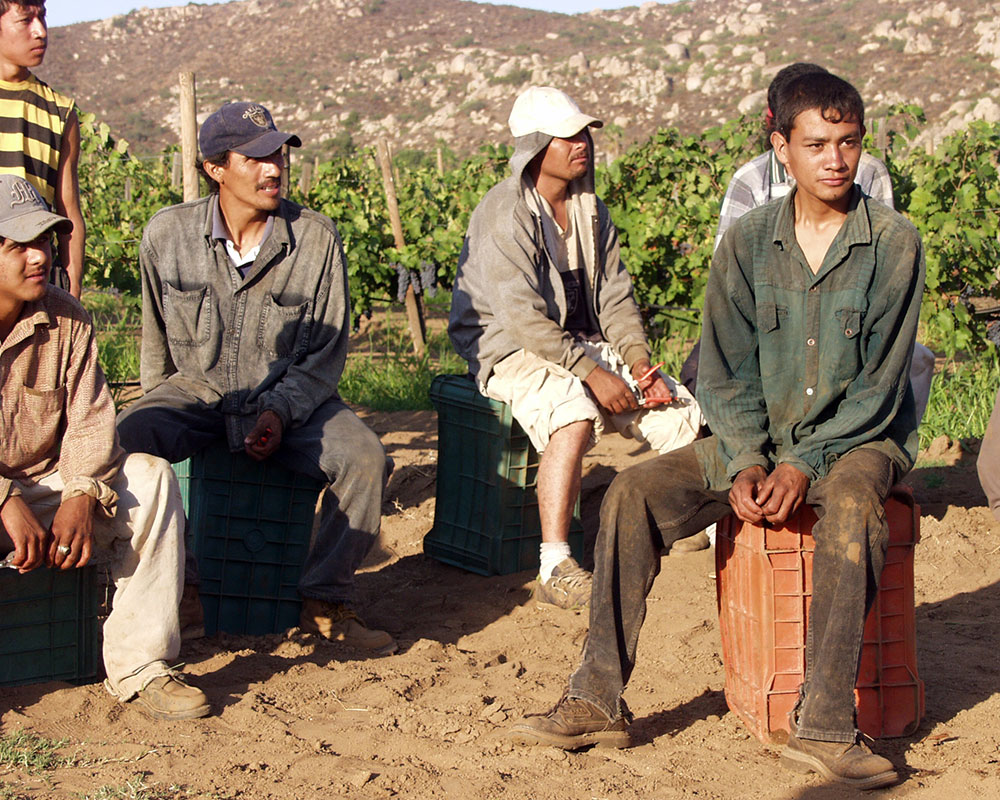many aren’t registered with the 24-Hour Movement in Mexico City, there are at least eight in the San Francisco Bay Area and San Joaquin Valley.
Pagano and her team of researchers found that there’s a high number of anexos in California are due to the fact that they originated in the state and had more time to proliferate. “It may also reflect a population-driven demand for services, as there are more Latino migrants and immigrants in California than in any other U.S. state,” they stated.
These anexos occupy what researchers called a “gray zone” in California — they’re known to local courts, politicians and first-responders, but aren’t formally registered as treatment facilities. One of the reasons they’re allowed to operate without being registered is because they function as “mutual-help recovery houses,” which are exempt from licensing in California as long as they don’t provide any care or supervision. Anexos in the U.S. aren’t immune to legal scrutiny, though. Many are found in commercial zones, which puts them at risk for occupancy citations. They may also be investigated by social service agents responding to complaints from neighbors and residents.
The biggest difference between U.S.-based anexos and those in Mexico is the lack of abusive practices. Although some residents reported verbal abuse or tough love, none reported physical abuse. Another difference was an open door policy, in which residents are allowed to come and go as they please, as long as they didn’t miss their nightly meeting, and received permission from an encargado, or someone in charge of a specific area of the facility.
“People leave during the day to look for work,” Garcia said. “They may have informal labor jobs and they will go back to the anexo in the evening. They are often not working just to pay for their stay in the anexo but they are also sending money back home to Mexico or Central America because they feel a sense of responsibility for their family members back home.”
Anexos in the U.S. are self-supported through contributions from residents. But Garcia said that in Mexico, family members of the addict are the ones who pay for the anexo stay.
The final difference between anexos in Mexico and those in the U.S. that Pagano and her team of researchers observed was a communal decision-making process rather than an authoritative one.
“Our findings indicate that Northern California anexos are meeting a need in underserved Latino immigrant communities,” researchers wrote. “As in Mexico, U.S. anexos function as a ‘safety net’ for marginalized populations who would otherwise have no options.”

















